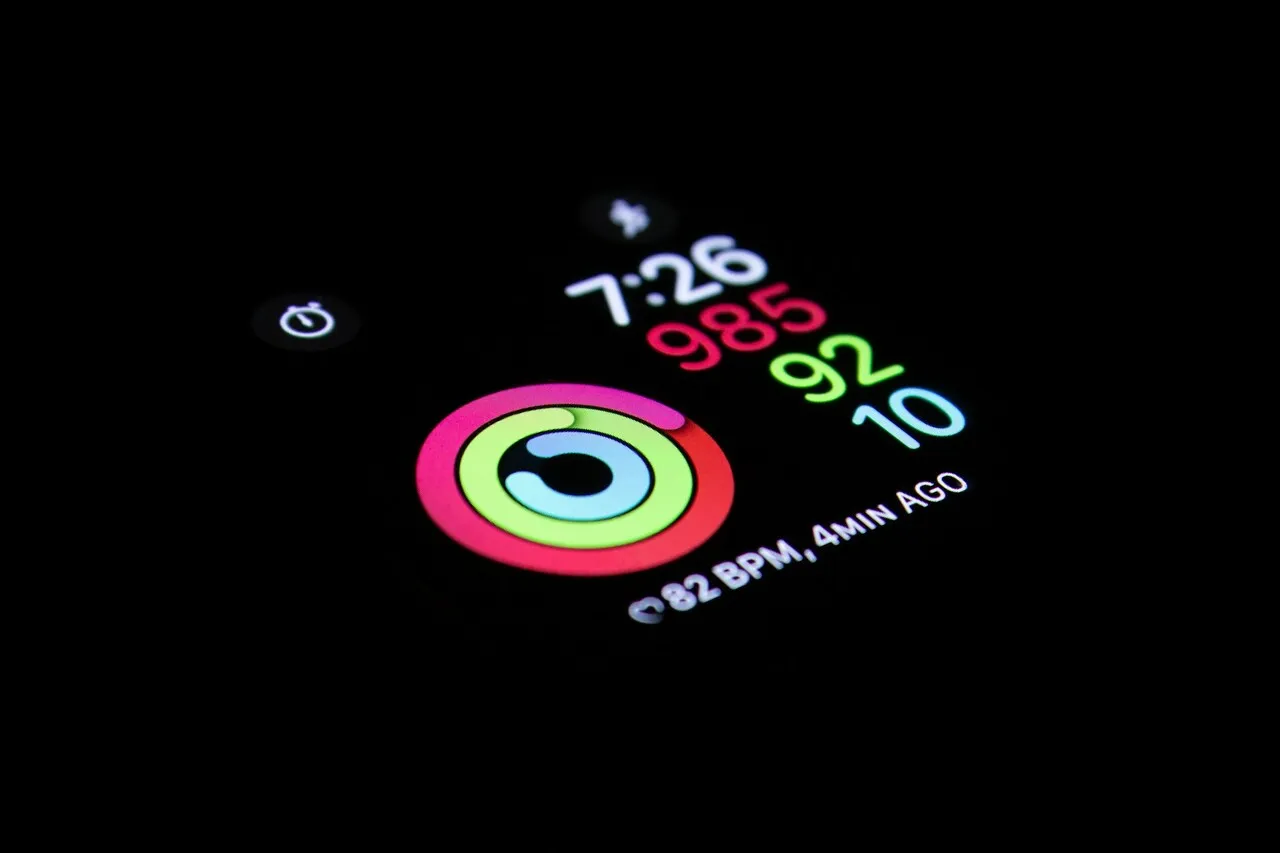 Tuesday, January 28, 2025
Tuesday, January 28, 2025Everything You Need to Know About LISS Training
Low-Intensity Steady State (LISS) training is among the oldest and most effective methods for enhancing physical endurance and burning fat. Although it often exists in the shadow of the more popular High-Intensity Interval Training (HIIT), LISS offers numerous advantages that make it appealing for both beginners and advanced fitness enthusiasts. In this blog, we will take a detailed look at this training method, how it works, and why it should be an essential component of your fitness program.

What exactly is LISS?
LISS training refers to a form of cardio training characterized by low intensity and a constant effort over an extended period. During this type of training, the heart rate remains in the range of 50-65% of the maximum heart rate, allowing the workout to be sustained for 30 to 60 minutes (or longer). The body primarily uses fat as an energy source during LISS, making it particularly effective for fat burning.

How does LISS work?
The concept behind LISS is based on the premise that the body utilizes more fat as an energy source at a moderate heart rate. This intensity allows you to train in a steady-state (at a consistent pace) without entering the anaerobic zone, where carbohydrates are burned more predominantly.

Examples of LISS training:
Walking: Brisk walking on flat terrain or a treadmill.
Light jogging: At a pace where you can still hold a conversation.
Swimming: Swimming at a consistent, moderate pace.
Cycling: Riding a bike on flat terrain without strenuous inclines.
- Hiking: Hiking on flat or gently hilly areas.

Benefits of LISS
LISS offers a variety of benefits that make it an ideal form of exercise for many people:
Beginner-friendly: Due to its low intensity, the risk of injury is minimal, making it excellent for individuals new to exercising.
Joint-friendly: Particularly suitable for individuals who are overweight or have joint issues.
Fat burning: Ideal for tapping into the body's fat reserves, as fat metabolism is particularly active at moderate heart rates.
Recovery: Can be utilized as active recovery on rest days to promote circulation and reduce muscle soreness.
- Stress relief: The moderate intensity is relaxing and can help clear the mind.

Disadvantages of LISS
Despite its numerous advantages, LISS has some drawbacks that should be considered:
Time commitment: Longer workout sessions are required to burn significant calories.
Low afterburn effect: Compared to HIIT, the so-called “EPOC” (Excess Post-Exercise Oxygen Consumption) is lower, meaning fewer calories are burned post-exercise.
Monotony: LISS can become boring for some people as it offers little variety.

LISS vs. HIIT: A Comparison
One of the most common questions is whether LISS or HIIT is better suited for achieving fitness goals. The following table highlights the main differences:
| Feature | LISS | HIIT |
|---|---|---|
| Intensity | Low to moderate | High |
| Duration | 30–60 minutes or longer | 15–30 minutes |
| Fat burning | During training | After training (afterburn effect) |
| Suitable for | Beginners, active recovery | Advanced, time-saving |
| Injury risk | Low | Higher (if performed incorrectly) |
| Caloric expenditure | Low to moderate | High per time unit |

When and for whom is LISS suitable?
LISS is particularly suitable for the following situations and individuals:
Beginners: Individuals who are starting to exercise and wish to gradually acclimatize their bodies to physical exertion.
Active recovery: As a recovery measure on non-training days.
Stress relief: For those who prefer less intense workouts to alleviate everyday stress.
Rehabilitation: After injuries or with health limitations.
- Long-term fat burning: For individuals wishing to lose weight in a sustainable manner.

Tips for effective LISS training
Select the right intensity: Use a heart rate monitor to ensure you stay within the 50–65% range of your maximum heart rate.
Set goals: Plan how many minutes or kilometers you wish to cover.
Incorporate variation: Switch between different LISS activities to avoid boredom.
Listen to music or podcasts: This can help keep motivation high.
- Combine with strength training: LISS is an excellent complement to your strength training to promote recovery.

Conclusion
LISS is a simple, effective, and versatile training method that provides numerous benefits for both beginners and advanced individuals. It can help burn fat, improve endurance, and simultaneously protect the joints. Whether as a core component of your training routine or as a complement to more intense workouts like HIIT, LISS should not be absent from any training plan. Give it a try and discover how enjoyable moderate training can be!


